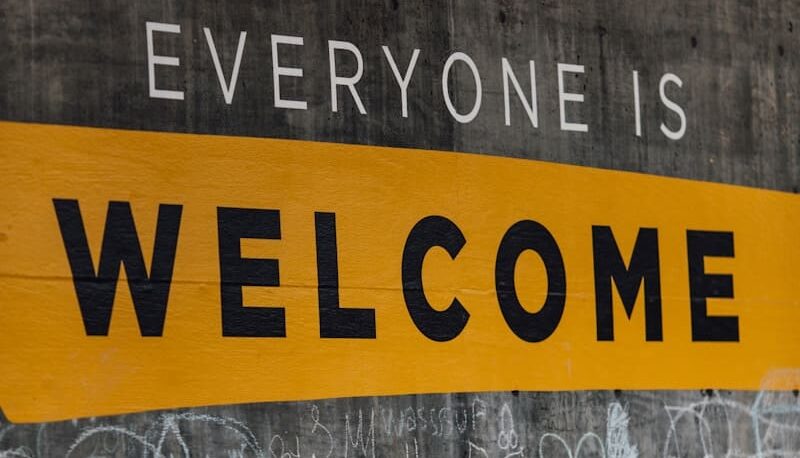Are you looking for information on Japanese translation? If you’ve been to Japan, you’ll already know that there are huge differences between British and Japanese culture. Not only is the language incredibly different, but the customs and traditions of the country also vary greatly from ours.
What do you know about language use in Japan? How does the language operate? Are the conventions really so different? Read on to find out more about the Japanese language, culture and traditions. Not to mention, we’re also focusing on website translation and transcreation for global branding with a focus on all things Japanese.
Website Translation – so simple!
Surely this is straightforward. You’ve spent so much time and attention getting your website just right. Now, you simply translate everything into Japanese and off you go! No. If it was that straightforward everyone would be doing it. But we can help you because we understand the variables, such as…
Kanji
What does ‘kanji’ mean? According to Google translate, it means…’kanji’.
Kanji is a very complex writing style. Unlike English, it conveys meaning by the use of strokes on character sets. The placement of strokes alters the meaning. There isn’t an English equivalent to Japanese sentence layout, which is why you need a translator skilled in both languages to support you in creating a successful website and meaningful content for Japanese users.
Same Same, but Different…
Many Japanese expressions don’t have direct English equivalents, and vice-versa, so machine translation will make a mess of your text and will lead to lost customers. Although there are benefits to using machine translation, one of the pitfalls of relying solely on this method is the machine’s inability to understand context or cultural nuances. If you opt to use a professional translation agency for your Japanese translation, you can be sure that local colloquialisms will be taken into account and translated correctly.
Grammar Counts
Grammar varies drastically from language to language, but do you know some of the particularly important differences between English and Japanese? Having an understanding of the basic grammatical differences will undoubtedly help with the planning and implementation of translating your content.
Firstly, consider the fact that there are no definite and indefinite articles and no plurals in Japanese. The way of measuring numbers when writing Japanese will change depending on what you’re counting. Fancy a stocktake, anyone? As if that wasn’t enough, a lot of the meaning in Japanese comes from structural particles (formulaic bits of language). Although these don’t have an equivalent in English, they add nuance to Japanese sentences and only a skilled native translator can retain this subtlety of meaning.
The thought of understanding grammatical differences between English and Japanese is a little overwhelming as the languages are so different. If you choose to work with a trusted translation partner – like Brightlines – you can leave the worry and stress of definite and indefinite articles to us. That’s one less thing for you to worry about!
Transcreation for Global Brands
Transcreation refers to the process of adapting a message from one language to another while maintaining its intent, style, tone and context. It is a very specialised skill, as it requires the translator to have an in-depth knowledge of the cultures and languages they’re working in, together with excellent writing skills in order to deliver successful communication results.
Let’s take a simple folklore story as an example. Most people are familiar with the story that originated from Hans Christian Anderson’s, The Storks; the idea of a stork delivering a baby to its parents. You might also assume this is an established story, no matter where you are in the world. Well, you would assume wrong – and you wouldn’t be the only one.
In the late 1970s, Procter and Gamble (P&G) decided to use this concept to target Japan, their second-largest consumer market, with Pampers disposable diapers. However, Japanese parents simply didn’t relate to the advertisements as they’d never heard the story before.
P&G automatically alienated their audience by failing to transcreate their advertisement. Had they done their research, they would have realised that Japanese folklore told the story of babies floating down a river in a giant peach. Sometimes translating words is just not good enough.
Language is not Global
Written Japanese is a combination of Hiragana, Katakana and some Chinese characters. Roman characters, such as those used in English, will carry different meaning and significance to Japanese people. This can strongly affect the impact of your brand in the Japanese market and might require you to consider a rebrand specifically for this market. As we’ve already mentioned, it’s vital to ensure that you conduct thorough research and transcreate every element of your branding for the Japanese market. Here at Brightlines, we’re specialists in translating and transcreating marketing copy. You can trust us to make sure your brand hits the mark in the Japanese market, get in touch today to find out how we can help.
Let Brightlines handle it
In a nutshell, Japanese is one of the most complex languages to master. Not only do they need to work with entirely different written conventions, but they also have to deal with multiple cultural differences.
At Brightlines, our translators are not only native language experts but also experts in the quirks and nuances of targeting your specific audience. We offer a range of services for various sectors, including e-learning, engineering, financial, healthcare, travel and tourism, publishing and media. So if you’re looking for professional Japanese translation, why not contact us for a chat and a no-obligation free quote?







